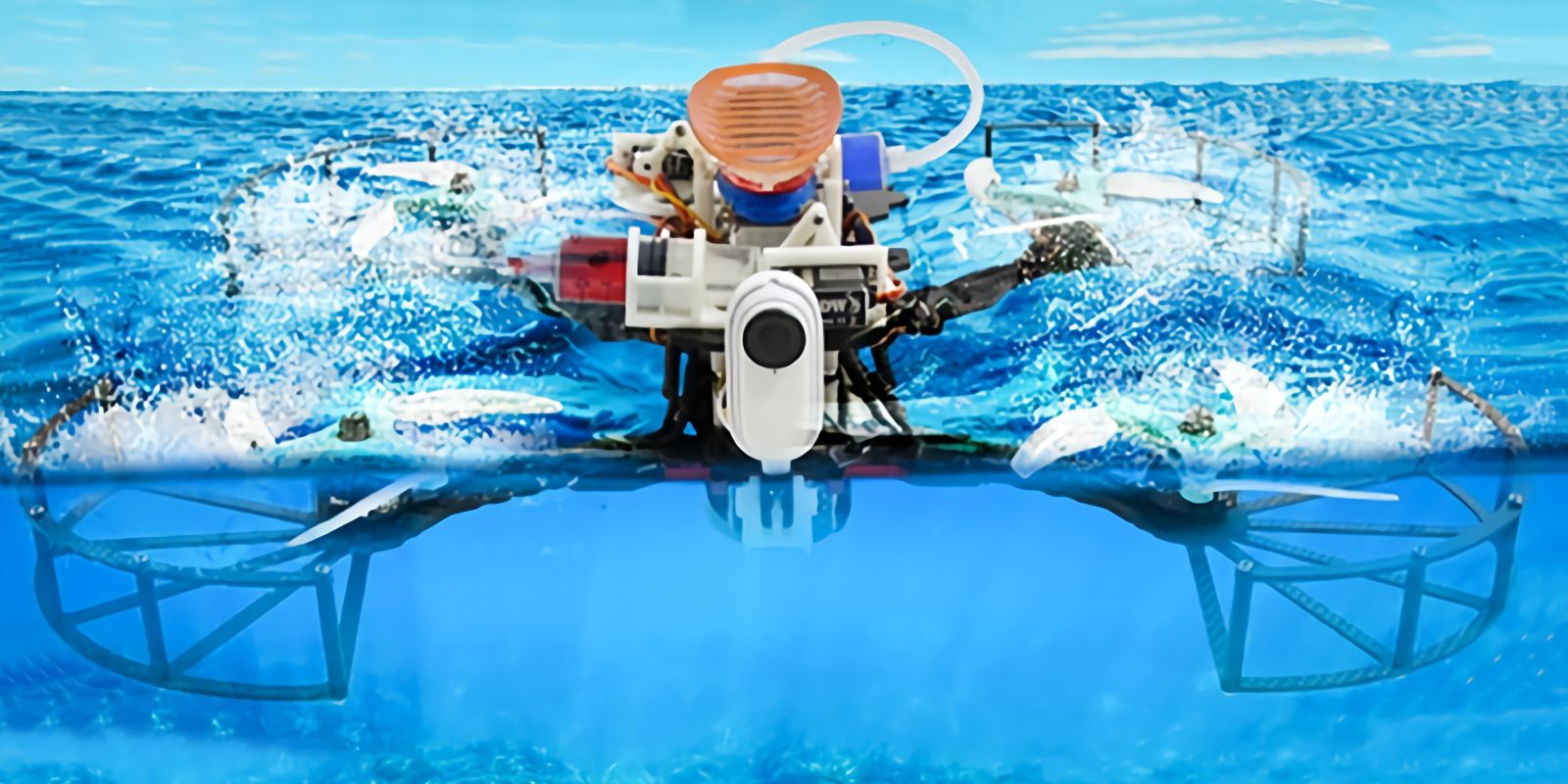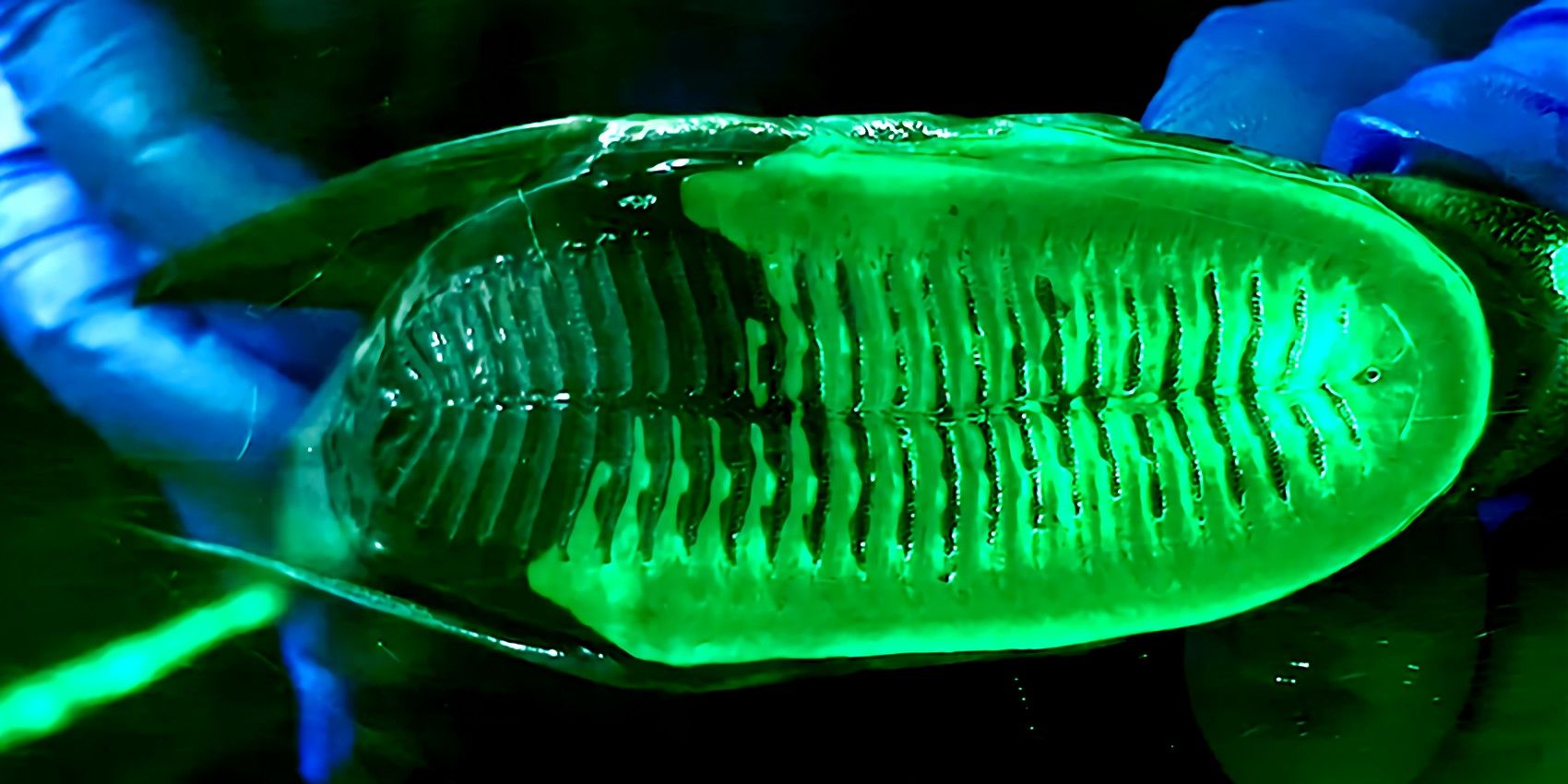A collaborative effort between robotics experts from the UK, China, and Switzerland has developed an amphibious drone that can switch between an aerial and propellant-driven underwater mode in less than a second and can hitchhike a ride by sticking to the surface of moving objects on both land and water. Earlier this year, Qysea and aerial drone manufacturer Prodone showcased a drone that could both fly and swim underwater, but it was composite hardware in which the Qysea fish drone detached from the main helicopter-style aerial drone part to navigate underwater areas. However, despite meeting industrial and professional sectors' demands, the dual-drone design wasn't ideal due to high energy consumption and the inability to get deployed for long-duration missions.
Even the commercial drones made by the likes of DJI play a cautious game when it comes to air-water interface and range allowance, despite making tremendous advances on the imaging side of things, such as high-resolution videography and super–quick image capture. Anduril, a company led by Oculus co-founder Palmer Luckey, recently showcased its take on an underwater drone concept called DIVE-LD. The submarine-like machine is capable of diving up to a depth of 6,000 meters and can spend up to 10 days on underwater observation missions. But it is not a drone by textbook definitions, as it lacks any element of aerial movement.
That's where the latest fish-inspired drone innovation comes into the picture. A fruit of collaboration between experts at Beihang University, the Imperial College London and Empa, the groundbreaking aims blur the boundaries between air and water when it comes to drone exploration. But it's not just the amphibious nature of the drone that is impressive, but the pace at which the transition happens. The drone is said to be capable of switching between an aerial and underwater mode in just 0.35 seconds. The rapid transition is touted to be tailormade for activities such as "disaster first-response, coastal patrols, iceberg detection, and marine biological research." What truly sets the drone apart, though, is the special suction modification that allows it to hitchhike a ride on marine animals and save power while doing so.
Solving Multiple Problems In One Go
The team behind the project took inspiration from the remora fish (also known as the suckerfish), which is known to stick to larger fishes using a disk-like suction membrane to hold tightly onto the host's skin surface. In the drone's case, the 3D-printed suction pad is a remote-controlled disc that can stick itself to both wet and dry surfaces with varied surface texture patterns. During the tests, the hitchhiking capability came in handy in capturing footage of scallops, crabs, and aquatic weeds on the seabed. And in doing so, the drone also consumed 20 times less energy than the underwater propulsion mode. Scientists are calling it the rest mode, as the hitchhiking drastically reduces the power consumption, allowing it to embark on more extended observation missions without worrying too much about the onboard batteries running out of juice and requiring frequent replacements.
Interestingly, the bio-inspired adhesive pad is known to stick to a moving object's surface on both land and water. The team is now preparing to take the next evolutionary step — turning the amphibious drone into an autonomous machine for deployment in challenging environments for closes bioanalysis and even in industrial areas for inspection tasks. The end goal is to develop a fleet of autonomous robots that can autonomously switch between air and water-based video capture and use its hitchhiking capabilities for long-duration observation missions. The latest drone breakthrough has been detailed in a Science Robotics research titled "Aerial-aquatic robots capable of crossing the air-water boundary and hitchhiking on surfaces."
Next: Science Robotics, The Imperial College, Empa



